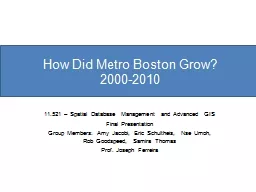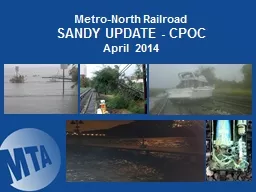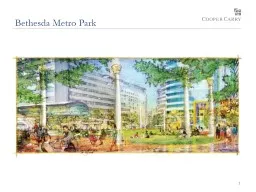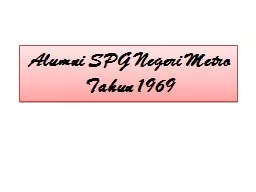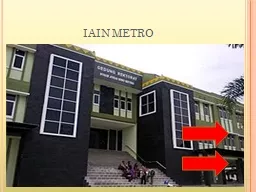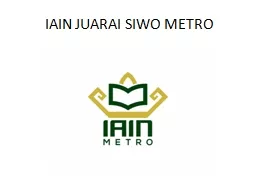PPT-How Did Metro Boston Grow?
Author : tatyana-admore | Published Date : 2017-09-02
20002010 11521 Spatial Database Management and Advanced GIS Final Presentation Group Members Amy Jacobi Eric Schultheis Nse Umoh Rob Goodspeed Samira Thomas
Presentation Embed Code
Download Presentation
Download Presentation The PPT/PDF document "How Did Metro Boston Grow?" is the property of its rightful owner. Permission is granted to download and print the materials on this website for personal, non-commercial use only, and to display it on your personal computer provided you do not modify the materials and that you retain all copyright notices contained in the materials. By downloading content from our website, you accept the terms of this agreement.
How Did Metro Boston Grow?: Transcript
Download Rules Of Document
"How Did Metro Boston Grow?"The content belongs to its owner. You may download and print it for personal use, without modification, and keep all copyright notices. By downloading, you agree to these terms.
Related Documents

